Welcome to another edition of Willoughby Hills!
This newsletter explores topics like history, culture, work, urbanism, transportation, travel, agriculture, self-sufficiency, and more.
If you like what you’re reading, you can sign up for a free subscription to have this newsletter delivered to your inbox every Wednesday and Sunday:
Last spring, we drove our RV to the Philadelphia area to visit Sesame Place, a theme park based on Sesame Street which opened in 1980.
My son, a huge Sesame Street fan, was six at the time of our visit and really enjoyed it. He had such a good time in fact that we decided to upgrade our single day tickets to a season pass and visited a few more times last year.
(Our first visit and choosing to upgrade passes happened before the viral incident at the park where a character in the parade was accused of a racist interaction with two young girls).
My son loved seeing the parade of characters that goes through the Sesame “neighborhood” every afternoon. Each parade features giant floats that resemble Hooper’s Store, the 123 brownstone, the Count’s castle, and Oscar the Grouch’s trash can. Costumed characters wave at kids from the floats, and even come down to street level to dance during the parade.
Back in Massachusetts, we were driving to school recently, and my son asked me to pull up the music from the Sesame Place parade to play on the car radio. As we listened to it and reminisced about last summer, he asked me a simple question to which I thought he already knew the answer: “Dad, what’s a parade?”
I fumbled with the answer, giving the example of Elmo and Abby waving as they passed without really defining what a parade even is.
But as I thought some more, I had a realization. My son, growing up in a rural exurb, half his life disrupted by COVID, had never been to a real parade. His only concept of a parade was a corporatized, choreographed, theme park version that seemed derivative of the real thing. His parades always featured Ernie and Bert, but for me, parades meant something much, much more.
According to the Farmers’ Almanac, cave drawings suggest that the first parade was about 10,000 years ago when hunters would show off their latest kill on the walk back to their camp. By 5,000 years ago, parades began to be used for religious ceremonies and to show off military might.
In my hometown of Willoughby, Ohio, parades were a regular occurrence, happening two to three times per year during my childhood. We lived in an older neighborhood within walking distance to Downtown, so most of the parades would pass the end of our street on their route. We would walk down the block with lawn chairs, set up on the curb, and watch the floats go by.
For my son with Sesame Place as his reference, every float in a parade is designed by a professional and there is a cohesive story presented. A composer writes a soundtrack to go along with the show, choreographers set every movement, and performers bring to life that singular vision.
On the streets of Willoughby, parades were a bit, well, messier.
Looking back at some old photos in my childhood albums, it seems one only needed to own a unique vehicle to join the parade in Willoughby. I found a photo of people driving an antique car and a blurry photo of others riding their motorcycles, seemingly unaffiliated with any particular group.
Unlike the composed score that blasts from every loud speaker in Sesame Place, the parades in Willoughby were a bit of a cacophony. Sirens from fire engines would transition to the music of a dance troupe which then became the roar of motorcycles revving. It was discordant and lacked much cohesion.
On the surface, these parades seem kind of random, but the more I think about them, I realize that they were really foundational in establishing a sense of community, at least in me.
The people marching by were representative of the city as a whole. Participating in a parade was both a way to demonstrate skills and a way to promote local organizations.
There were troops of local Boy and Girl Scouts who might be seated in the bed of a pickup truck with their troop name displayed on a banner. There were majorettes twirling batons as loud music blasted through a tinny speaker mounted on the roof of somebody’s car. The high school marching band was always a fixture.
As a young kid, watching the parade and recognizing other kids a bit older than me let me audition for roles in these groups in my mind. I could imagine who I wanted to be within my community when I got older, and because of the pace of the parade, I could try on several different mental hats within a few minutes time.
I remember the excitement of joining marching band in high school and suddenly going from parade spectator to parade participant. I was no longer on the sidelines cheering on others, I was the one being cheered on.
It was a big deal for my family too. My grandparents captured photos of me marching past our street as a high school freshman (I’m the tuba player in the front). The fact that this photo was taken, and that it survives in a photo album 25 years later, is a testament to the significance of joining the parade.
Of course, that becomes an even bigger deal when your family has deep roots in a place. My grandparents settled in Willoughby after quite the journey around the U.S. (he was born in Oklahoma and raised in California, she was from Michigan). But after they found Willoughby, they stayed in the same house for more than 50 years. There are photos of them marching in parades down the same streets I did, but thirty years earlier as den parents of the local Boy Scout troop.
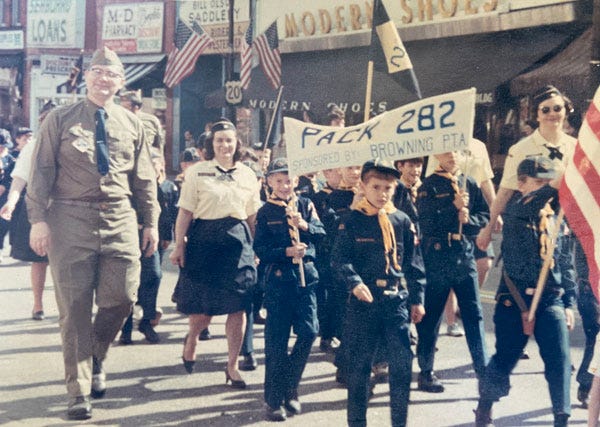
There are also photos of my mom and her siblings marching in parades down those streets of Willoughby, including as members of the same marching band that I would later join at the same high school. The hair styles and glasses frames are from another era, but I can recognize the bricks of the public library building in the background as through this photo was taken last week.
When it became my turn to put on that band uniform and drape a sousaphone over my shoulder, I was taking my place as a larger member of the community. It was the equivalent of having a bar mitzvah or confirmation, but in a secular sense.
A few years after joining my first parade down Euclid Avenue in Willoughby, our marching band traveled to Walt Disney World and we marched up Main Street USA towards Cinderella Castle. I’ve written before about the similarities between my hometown and Main Street USA, and it was a bit disorienting to march down a street that felt like home, but that was also the idealized and stylized version of it.
As an adult working for This Old House, we were fortunate enough to wrap a project in New Orleans during Mardi Gras. We ended our 8 part series in the Crescent City by filming aboard a float with the Krewe of Zulu, tossing beads to spectators.
My perception prior to participating in the parade was that Mardi Gras was a bit of a tourist trap, targeting binge drinking college students the way spring break in Cancun might. That may have been the scene late at night in the French Quarter, but the Mardi Gras parade we joined snaked through neighborhoods of the city and seemed to appeal mostly to locals.
While the crowds were bigger and the floats more elaborate than Willoughby, the sense of community was still present during the New Orleans Mardi Gras parade. Fathers hoisted their small kids to the top of step ladders for a better view and older kids looked excited to grab a strand of beads or a piece of candy.
The essence of the parade was the same, as I expect it is in communities across America. Young Lousianans could also watch from the sidelines and imagine a day when they were participating in both the parade and their community in a bigger way.
This brings me back to the question of what does it mean when a community parade is no longer the primary reference point and instead, a parade is a corporate event on a private street in a theme park?
Of course, it’s not like parades only exist in theme parks in my family’s world. There are parades in Boston for annual events like Pride and St. Patrick’s Day, plus the occasional sports parade when a local team wins a national title. But those are in the city, not out here in the suburbs and my son hasn’t had exposure to them yet.
While my son might not have the same parades that I grew up with though, he still has a strong relationship with his community. He visits local farms and markets with me and has a sense of the origins of his food in ways that I didn’t understand until well into my twenties. He spends much more time in nature than I ever did as a kid. We also make regular trips to our local library with him and my daughter, so much so that he knows most of the librarians by name.
I suppose each generation has its own quirks and it’s easy to mourn for the loss of something that once was without looking at the whole picture. It may be sad to me that my son doesn’t have a quirky local parade to help define his sense of community and his place within it, but I have to recognize that he has other activities that fill that void. He still has ways to discover roles within our town and consider which he wants for himself, they just don’t take place on asphalt.
And as long as he has those other markers of community, I suppose there’s nothing that wrong with sitting on the curb of a replica of Sesame Street and cheering for Murray the way that my parents and grandparents used to cheer for me. After all, a parade seems to always bring a smile, no matter the context.
Related Reading
If you’ve missed past issues of this newsletter, they are available to read here.
If you enjoyed this issue, please share forward it to a friend or share it on social media:
Stay Safe!
Heath


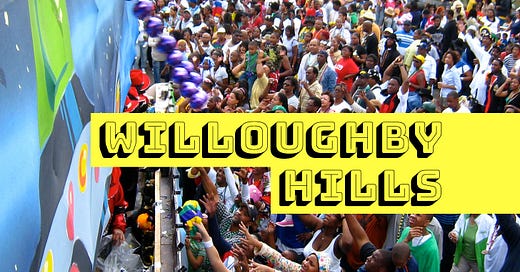


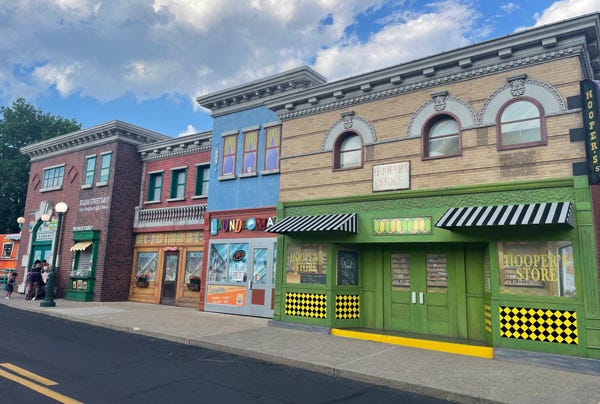
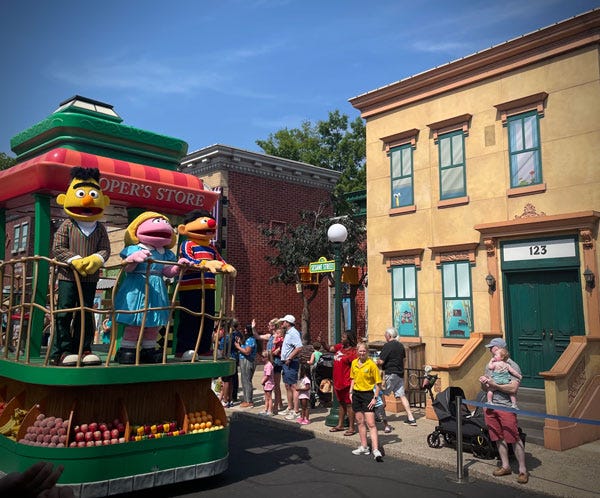
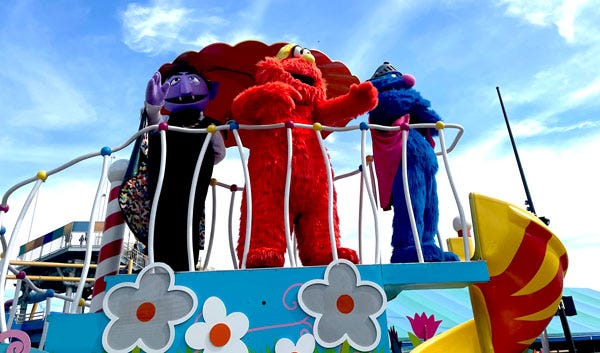

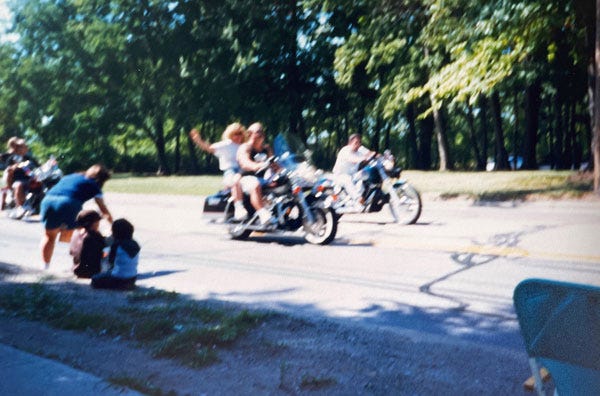
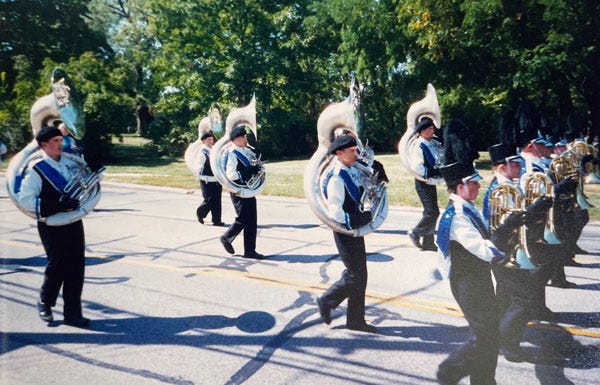
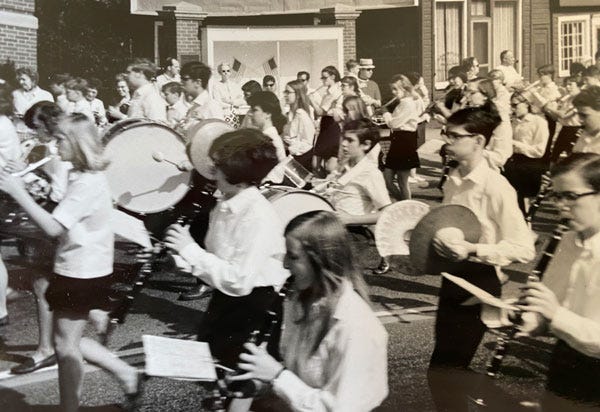
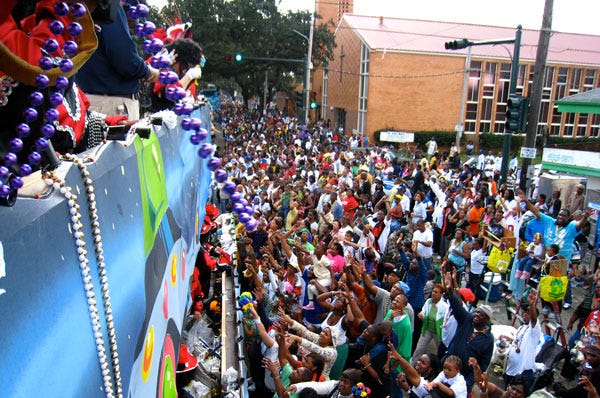
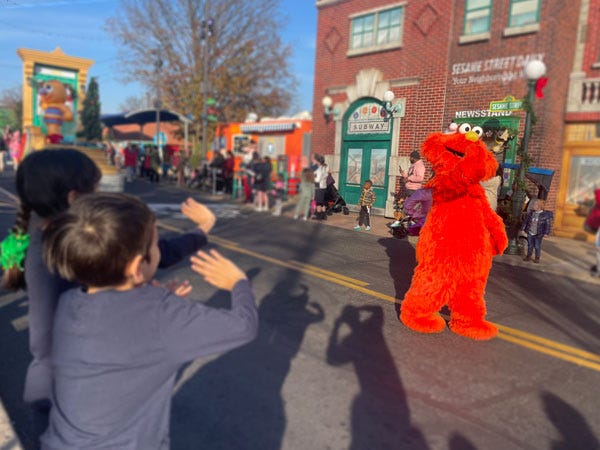
We lived in Marlborough for 25 years where we raised our four daughters. The Labor Day parade was a big tradition like the ones you picture in Willoughby. It’s close enough to you that you should consider taking your children to view a classic suburban parade.